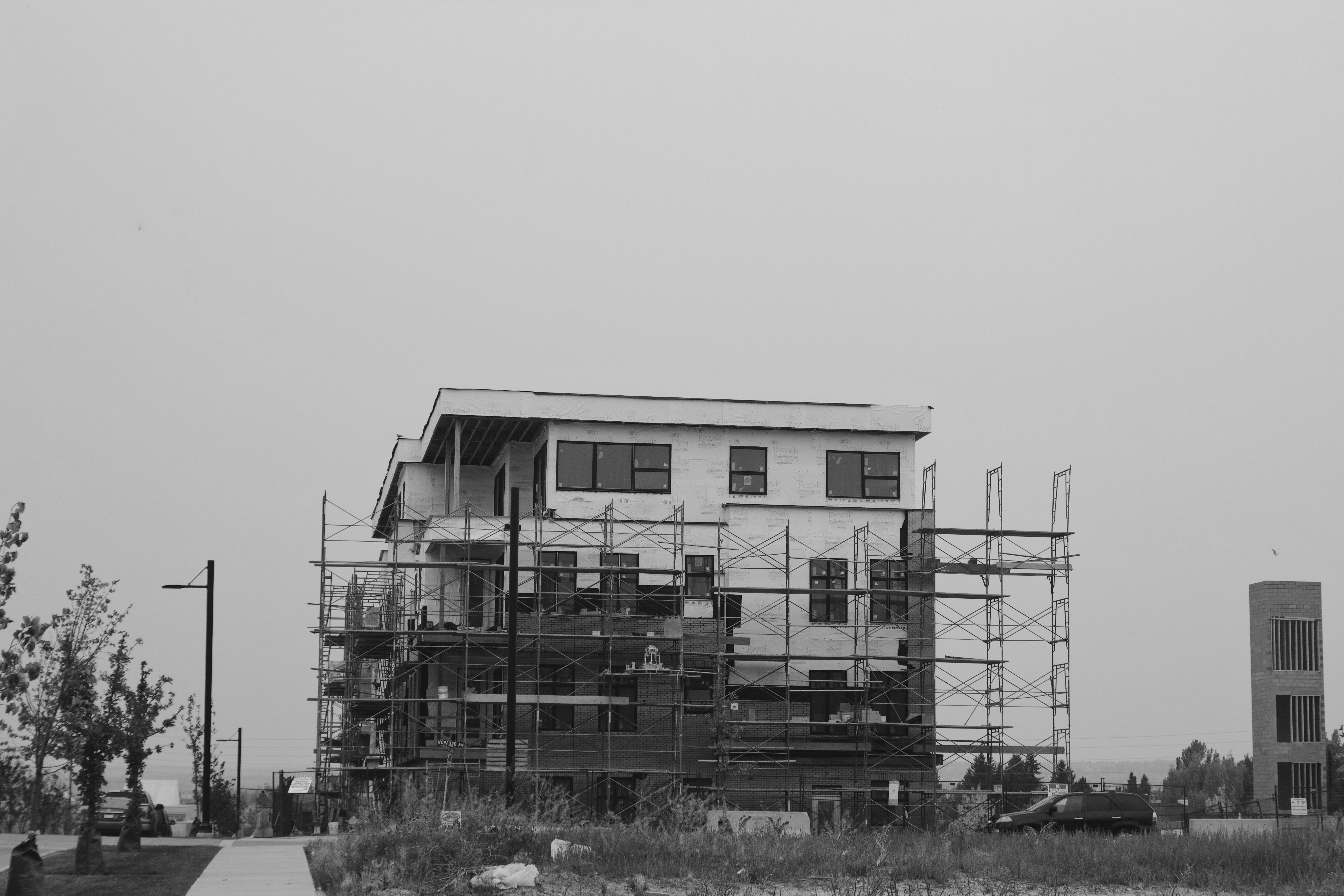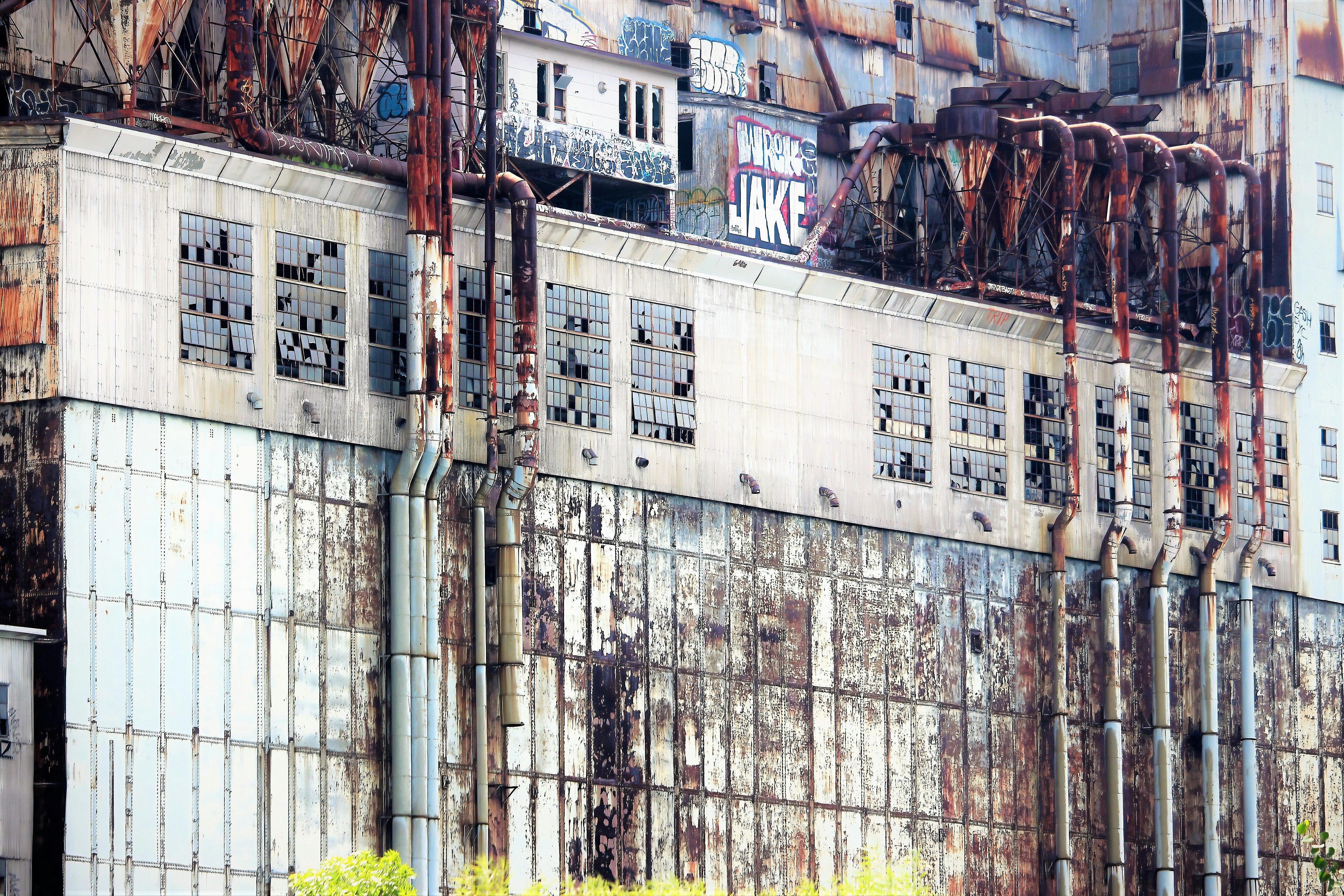When many people think about building a house in Canada, they often assume construction must halt during the winter months. While the harsh Canadian winter certainly presents unique challenges, with proper planning and specialized techniques, construction can continue throughout the cold season. At NorthCraft Homes, we've developed extensive expertise in cold-weather construction, allowing our clients' projects to progress even when temperatures plummet.
This article explores the challenges of winter construction in Canada and the innovative solutions that make year-round building not just possible, but often advantageous in certain aspects.
The Challenges of Winter Construction
Let's first acknowledge the very real challenges that winter presents to the construction industry across Canada:
Extreme Temperatures
In many regions of Canada, winter temperatures can regularly drop below -20°C and sometimes reach -40°C with wind chill. These extreme conditions affect everything from worker productivity to how materials behave and how equipment functions.
Snow and Ice Accumulation
Regular snowfall requires constant site clearing to maintain safe working conditions and access. Ice formation on surfaces creates safety hazards and can damage partially completed work.
Frozen Ground
Once the ground freezes, excavation becomes extremely difficult or even impossible without specialized equipment. This presents significant challenges for foundation work.
Shorter Daylight Hours
With fewer daylight hours in winter, work schedules must be adjusted, potentially extending project timelines or requiring artificial lighting that increases costs.
Material Limitations
Many building materials have minimum temperature requirements for proper installation or curing. Concrete, for example, requires special measures to prevent freezing before it achieves adequate strength.
Did you know? Cold temperatures can actually improve site conditions in some circumstances. Frozen ground provides better support for heavy equipment in areas that might be muddy during warmer months.
Strategic Solutions for Winter Construction
Despite these challenges, experienced builders have developed numerous strategies to continue construction safely and efficiently throughout the winter months:
1. Early Planning and Site Preparation
Successful winter construction begins with meticulous planning well before the cold sets in:
- Strategic Scheduling: We schedule temperature-sensitive work like concrete pouring and exterior finishes during relatively warmer days, based on detailed weather forecasting.
- Site Drainage: Before winter arrives, proper drainage systems are installed to prevent water accumulation that could freeze and cause problems.
- Excavation Timing: When possible, we complete excavation and foundation work before the ground freezes, typically aiming to have foundations in place by late fall.
2. Temporary Heating and Enclosure Systems
Creating controlled environments is essential for winter construction:
- Temporary Structures: We construct temporary enclosures using scaffolding and heavy-duty poly sheeting or tarpaulins to create sheltered work areas.
- Portable Heating Systems: Industrial heaters, including indirect-fired heaters that keep exhaust gases separate from heated air, maintain workable temperatures inside enclosures.
- Ground Thawing Equipment: For projects starting in deep winter, ground thawing equipment like heating blankets or steam systems can prepare frozen ground for excavation.

3. Concrete Work Adaptations
Concrete work requires special attention in cold weather:
- Concrete Additives: We use specialized cold-weather admixtures that lower the freezing point of concrete and accelerate curing time.
- Heated Water: Mixing concrete with heated water helps maintain appropriate temperatures during pouring.
- Thermal Protection: Once poured, concrete is protected with insulating blankets that trap the heat generated by the curing process.
- Temperature Monitoring: Electronic temperature sensors embedded in the concrete allow for real-time monitoring to ensure it maintains minimum curing temperatures.
4. Material Management
Proper material handling is crucial in winter conditions:
- Heated Storage: Temperature-sensitive materials like adhesives, sealants, and certain types of paint are stored in heated areas to maintain their integrity.
- Just-in-Time Delivery: We coordinate deliveries to minimize the time materials are exposed to the elements before installation.
- Material Protection: Building materials are covered and elevated to prevent snow accumulation and contact with frozen ground.
5. Worker Safety and Comfort
Protecting our team is a top priority during winter construction:
- Appropriate Clothing: Workers use layered, moisture-wicking clothing systems that provide insulation while allowing flexibility for construction tasks.
- Regular Warm-up Breaks: We schedule more frequent breaks in heated areas to prevent cold stress and maintain productivity.
- Modified Work Rotation: Tasks are rotated to limit prolonged exposure to extreme cold, especially for work requiring fine motor skills.
- Enhanced Safety Measures: Additional safety protocols address winter-specific risks like slippery surfaces and reduced visibility.
Pro Tip: A well-designed temporary heating system not only enables construction to continue but can also help dry out newly constructed elements more efficiently than in humid summer conditions.
Regional Considerations Across Canada
Winter construction strategies must be adapted to regional climate variations across Canada:
Coastal British Columbia
While temperatures are milder than in other parts of Canada, high humidity and frequent precipitation present their own challenges. Here, moisture management is often more crucial than extreme cold protection.
Prairie Provinces
In Alberta, Saskatchewan, and Manitoba, extremely low temperatures and strong winds require robust heating systems and wind barriers. The dry cold, however, can be advantageous for some aspects of construction compared to wet cold.
Central Canada
Ontario and Quebec experience wide temperature fluctuations during winter, requiring flexible approaches that can adapt to rapidly changing conditions. Freeze-thaw cycles create particular challenges for concrete work.
Atlantic Canada
The maritime provinces face high humidity, significant snowfall, and strong coastal winds. Construction strategies here focus on moisture protection and securing structures against wind loads.
Northern Territories
In the far north, the extreme cold and very limited daylight hours during winter create the most challenging conditions. Special construction methods developed for arctic environments are often employed.
Advantages of Winter Construction
Despite the challenges, winter construction offers several advantages that may surprise you:
Better Contractor Availability
The traditional slowdown during winter months means that skilled contractors and subcontractors are often more readily available, potentially reducing scheduling delays.
Potential Cost Savings
Some suppliers offer discounted pricing during their slower winter season, which can partially offset the additional costs of winter construction measures.
Faster Permitting
Municipal building departments typically process fewer permit applications during winter, which can result in faster approvals compared to the busy spring and summer seasons.
Drier Framing Conditions
While counter-intuitive, winter's low humidity can actually create better conditions for wood framing. Lumber installed in winter is less likely to experience significant shrinkage as it dries, potentially reducing settlement issues and drywall cracking.
Earlier Completion
Starting in winter means your home will be completed earlier than waiting for spring, allowing for landscaping and exterior finishing during optimal weather conditions.
Case Study: Winter Construction Success
One of our recent projects in Edmonton demonstrates the effectiveness of winter construction strategies. We began foundation work in October for a custom 3,500 square foot home and continued construction throughout one of the coldest winters in recent years.
By employing a combination of temporary enclosures, strategic scheduling, and specialized concrete techniques, we maintained work progress despite temperatures that regularly dropped below -30°C. The home's shell was completed by February, allowing interior work to proceed in a controlled environment regardless of outside conditions.
The clients moved into their finished home in June – approximately three months earlier than if they had waited until spring to begin construction. Additionally, the stable winter conditions actually resulted in exceptional quality for the home's wood framing, with minimal lumber distortion or shrinkage issues.
Conclusion: Is Winter Construction Right for Your Project?
While building during Canadian winters presents undeniable challenges, advanced construction techniques and careful planning make it entirely feasible. For homeowners eager to get their project underway rather than waiting for spring, winter construction can be an excellent option.
The decision to build in winter should consider your specific location, project complexity, and timeline priorities. At NorthCraft Homes, we provide detailed assessments to help clients determine whether winter construction makes sense for their particular project.
Our experience across diverse Canadian climates has equipped us with the expertise to manage winter construction challenges effectively, ensuring quality results regardless of the season. If you're considering a building project and don't want to wait for warmer weather, we'd be happy to discuss how our winter construction strategies might benefit your timeline and budget.
Contact us to learn more about our approach to year-round construction and to discuss your specific project needs.


